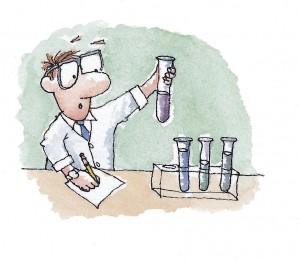Toledo Water Quality Emergency – LCA Impacts?
August 5, 2014 The “do not drink” incident in Toledo is a reminder that the protection of our source waters is critical to the protection of public health. It also demonstrates how water providers act with an abundance of caution when there is the possibility of health concerns resulting from tap water.
The “do not drink” incident in Toledo is a reminder that the protection of our source waters is critical to the protection of public health. It also demonstrates how water providers act with an abundance of caution when there is the possibility of health concerns resulting from tap water.
What would LCA do in the event of a water quality emergency like this? The first and most important action we would take is to reach out to customers to let them know the impact on our drinking water and what actions all consumers should take to protect the health of themselves and their loved ones.
LCA has an automated phone dialing system in place for such emergencies, but the only way we can reach you is if we have your phone number on file!
To submit your emergency contact information to LCA, please use our Online Emergency Contact Form.
Back in Toledo…
While we don’t yet know precisely what led to the presence of microcystin in Toledo’s drinking water, algae blooms in surface water are typically linked to this type of contamination.
LCA’s drinking water sources do not promote this type of algae growth because most of our water is drawn from groundwater sources (wells and springs), or the Little Lehigh Creek, which is fed primarily from groundwater sources. These sources are of a high quality and do not promote high levels of algae growth.
In addition, because LCA has a highly diversified source of water available – approximately 50 wells, 2 springs, the Little Lehigh Creek and the Lehigh River – we are able to respond quickly to changes in water quality in any of these sources to better protect the public’s health.
Want more info about your water quality? Visit the About Your Water page!